
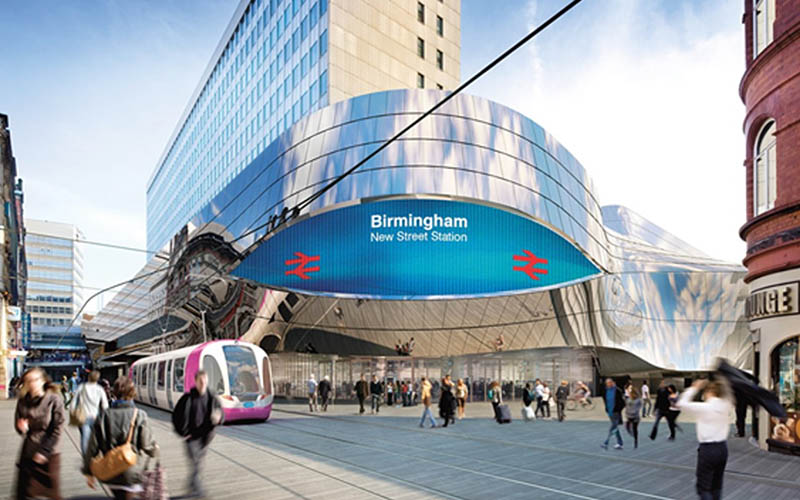
The Birmingham New Street Gateway project, a £750 million redevelopment, transformed the station into a modern, interconnected rail and retail hub, including the creation of Grand Central shopping centre, and significantly improved passenger experience and accessibility.
InfraNova (Team Members), working closely with Birmingham City Council and the Designers Atkins, played a key role in the delivery of the Highway / Public Realm Works as Project Managers. The works included highway re-alignment, footway paving and resurfacing, traffic signals, utility diversion street Lighting etc.
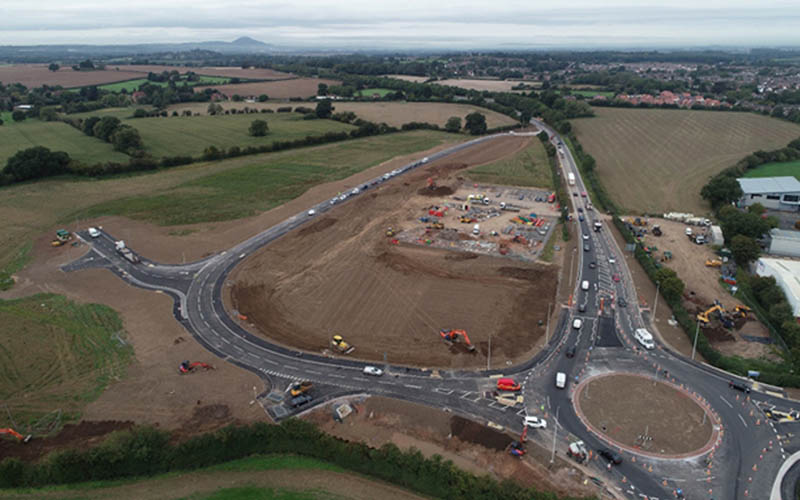
The realignment of the B4455 Fosse Way Highway in Warwickshire near Offchurch was necessary to enable the construction of the HS2 railway, which is to be built under the Fosse Way in a cutting. It involved the creation of new roundabouts and road adjustments to facilitate safe construction. Part of the highway was to be built offline and re-join the existing.
InfraNova (Team) was the Lead Designer responsible for the coordination of the various disciplines including Environmental, Utilities, Geotechnical, Highway, Traffic Signs, Drainage, a new Cycle Route and worked closely with Warwickshire County Council to secure necessary Consents and approval for the works.
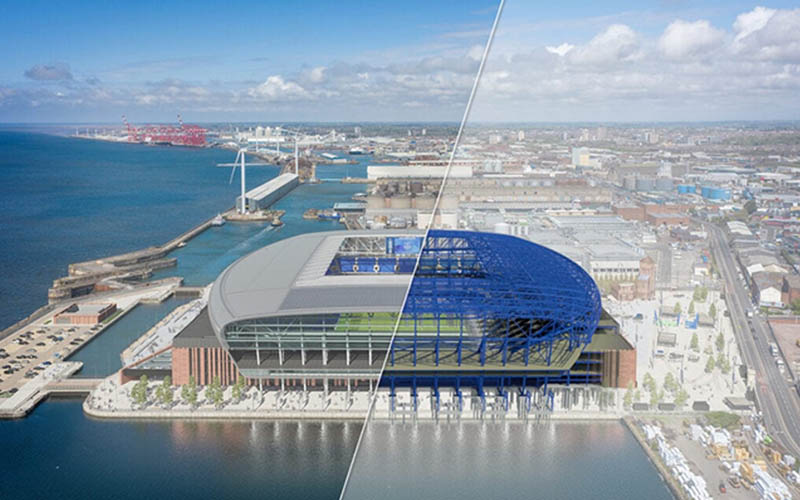
The new Everton Stadium at Bramley-Moore Dock in Vauxhall, Liverpool, England, will become the home ground for Everton ahead of the 2025–26 season, replacing Goodison Park.
Bramley-Moore is a former commercial dock and it is intended that the new stadium will become the heart of a new mixed-use development in the area containing shops, housing, gym and other venues. Upon opening, it became the eighth largest in England, and the eleventh largest in Britain. The stadium will also be a host venue for UEFA Euro 2028 and the 2025 Rugby League Ashes.
The Team at InfraNova worked as development partners of the Main Works contractor Laing Orourke to deliver this outstanding stadium.
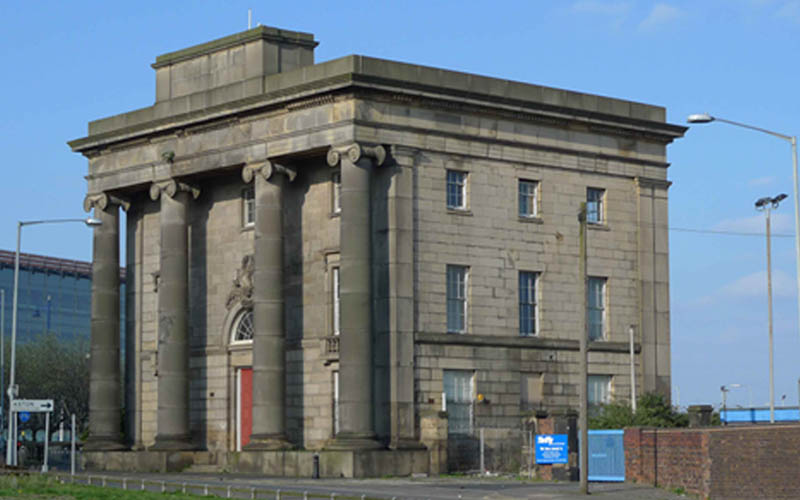
The Old Curzon Street Station Building is one of the world’s oldest surviving pieces of monumental railway architecture, designed by the notable architect Philip Hardwick and opened in 1838 as the Birmingham terminus for the London and Birmingham Railway Co line that connected to Euston Station in London.
Having suffered extensive damage during the Birmingham Blitz and surviving two applications for its demolition in the 1970s, it is now listed on the ‘Heritage at Risk Register’ maintained by Historic England.
The Historic Building was identified for refurbishment by HS2 as part of the construction of the new Curzon Station Terminus.
InfraNova Team working as part of LMJV were the Lead Designers and Principal Contractors for the Works which included new roofing, stone cladding / façade, structural retrofitting, electrical re-wiring and HVAC works and interior redecoration.
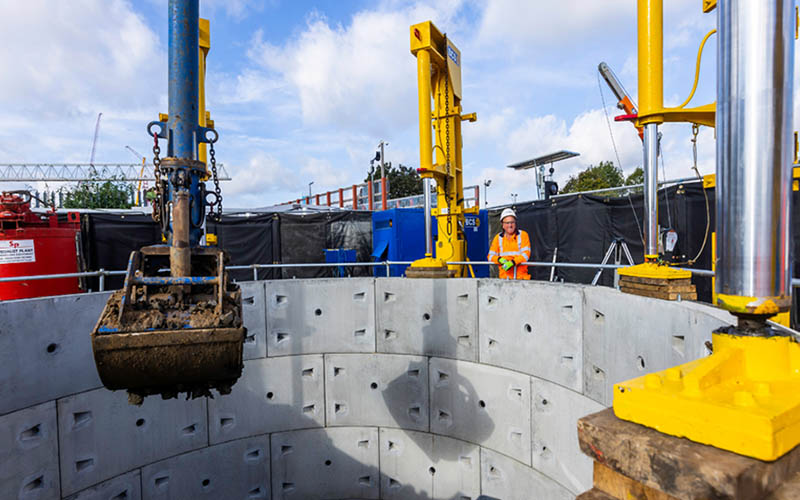
InfraNova (Team Members) were the Lead Designer and Principal Contractors for the diversion of Severn Trent Green Super Sewer as part of the HS2 works. The Green Lane Super Sewer is a diversion of an existing sewer beneath the HS2 Green Lane embankment using a combination of open cut and tunnelling methodology, on land spanning across and adjacent to Gilson Road/Gilson Drive in the Coleshill area of east Birmingham.
Two large chambers located at the end of the designed sewer was used initially as starting and receiving chambers to permit the execution of the sewers by the Pipe Jacking method with micro tunnelling. In the operational phase, these chambers will provide adequate access necessary for the exploitation and maintenance of pipes and other types of equipment.
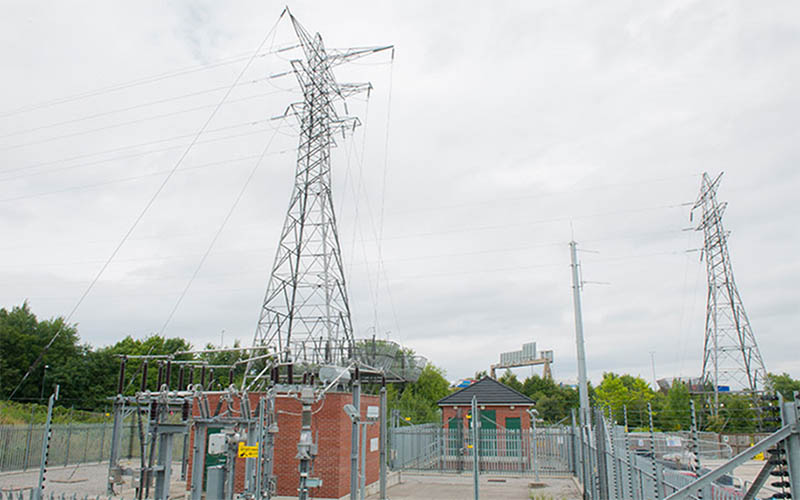
The Long Itchington Wood Tunnel is a 1-mile (1.6km) twin-bore tunnel running beneath ancient woodland in Warwickshire. TBM Dorothy was launched in December 2021 and completed both bores of the tunnel by March 2023.
Long Itchington Wood and neighbouring Ufton Wood form a continuous block of ancient woodland, dating back to at least 1600 AD. Designated as a Site of Special Scientific Interest, they support complex ecosystems that have evolved over centuries. The Long Itchington Wood Tunnel, running beneath the woodland, is a key element of HS2’s environmental strategy to preserve and protect this vital natural habitat.
InfraNova were responsible for the designing and construction of the Long Itchington 500kw substation to enable the tunnelling works.